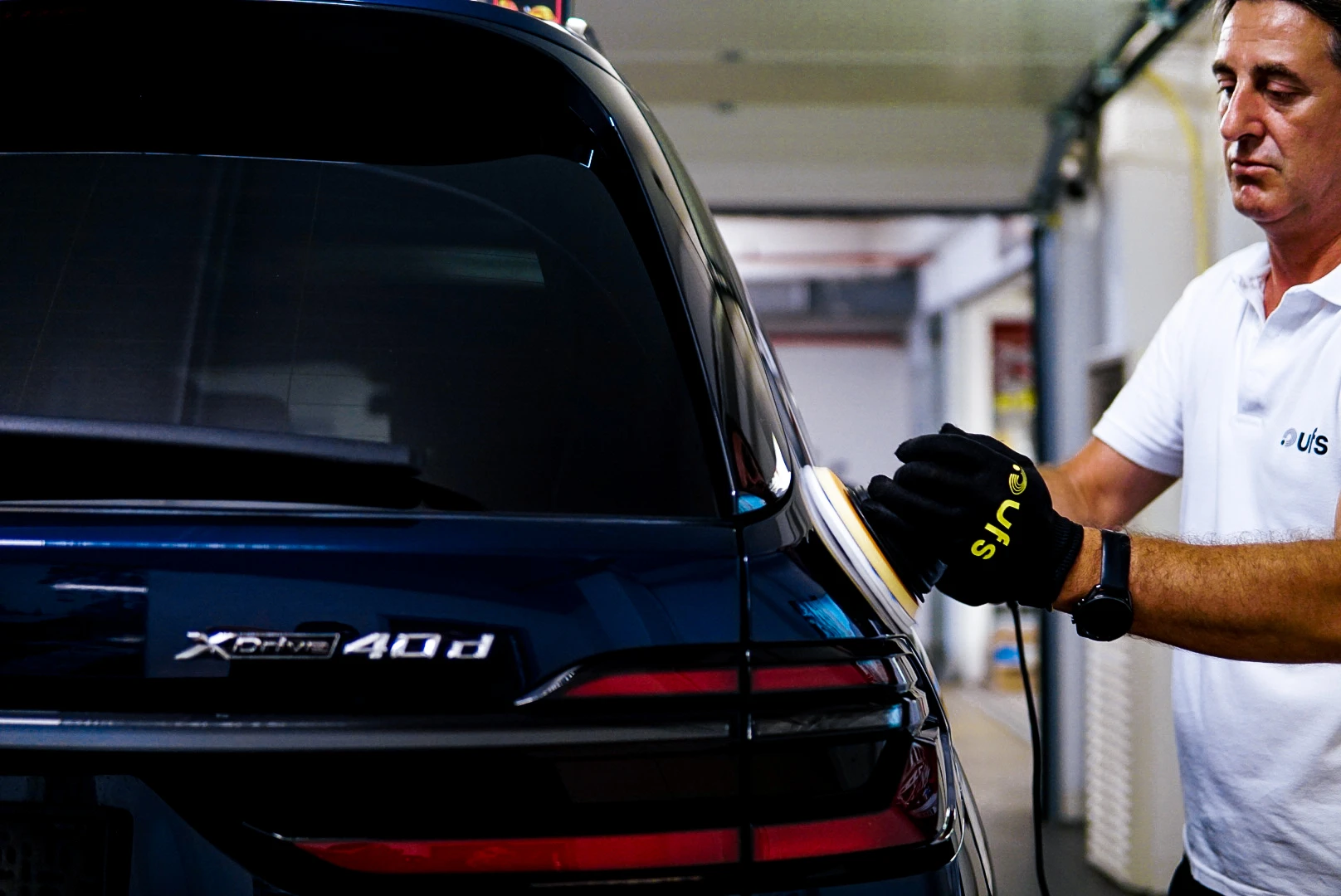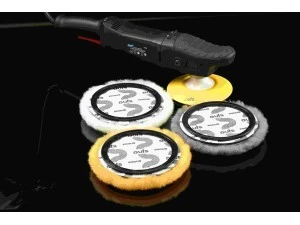Aircraft are among the safest and fastest modes of transportation. However, the exterior surfaces of airplanes are constantly exposed to varying weather conditions and environmental factors. Over time, this can lead to corrosion. Corrosion poses a serious safety risk, especially for high-value and critical assets like aircraft. In this article, we will provide detailed information on how corrosion is cleaned on aircraft, its causes, signs, and effects.
What is Corrosion?
Corrosion is a process in which metal surfaces degrade due to oxidation and chemical reactions. Aircraft are primarily made of aluminum and other metals, which can rust and wear over time depending on environmental conditions. Corrosion weakens the structural integrity of the metal and can compromise the safety of the aircraft. It is usually triggered by humidity, saltwater, and other atmospheric factors.
Why Does Corrosion Occur on Aircraft?
The main causes of corrosion on aircraft are environmental factors and the aircraft's usage over time. The exterior surfaces are continually exposed to abrasive conditions, which can accelerate corrosion and eventually lead to serious damage.
Causes of Aircraft Corrosion
Environmental Factors (Humidity, Saltwater, Weather Conditions)
Aircraft are constantly exposed to humidity, saltwater, and varying weather conditions. Saltwater, especially for planes flying over the sea, is a major trigger of corrosion. Similarly, flying in humid environments can accelerate corrosion. These environmental factors initiate oxidation and wear on the metal surfaces of aircraft.
Aircraft Usage and Maintenance Gaps
As aircraft age, regular maintenance requirements increase. Planes that are not maintained properly are more prone to corrosion. Metal surfaces gradually deteriorate, making them more susceptible to corrosion. Additionally, overuse or improper maintenance of certain aircraft components can cause corrosion to spread more quickly.
Impact of Corrosion on Aircraft Safety
Corrosion can directly affect aircraft safety. Weakening of metal surfaces compromises structural integrity and may endanger various flight operations. Corrosion on critical components such as engines, wings, and fuselage can lead to unwanted incidents during flight. Early detection of corrosion is critical to prevent such hazards.
How to Detect Corrosion on Aircraft?
Early detection of corrosion is extremely important for aircraft safety. Corrosion often causes visible physical changes, though early signs may sometimes be subtle. Various inspection methods and devices are used to detect corrosion.
Physical Inspection Methods
Early signs of corrosion are usually visible to the naked eye. Aircraft maintenance specialists carefully inspect each component for rust, discoloration, or metal wear. Physical inspection is the most fundamental method to identify early-stage corrosion.
Measurement Devices and Techniques for Corrosion
Advanced corrosion detection uses specialized devices and techniques. X-ray tomography, ultrasonic testing, and electrical resistance measurements are effective tools to assess the depth and spread of corrosion. These devices help maintenance teams evaluate the structural impact of corrosion.
Importance of Early Detection
Detecting corrosion early is critical for aircraft safety. Early-detected corrosion can be repaired before it causes major damage, allowing the aircraft to remain safe in service longer. Therefore, regular corrosion inspections are essential for maintenance teams.
Methods for Cleaning Aircraft Corrosion
Cleaning corrosion on aircraft is vital for both safety and maintenance. Corrosion cleaning can be performed using various techniques depending on the material, type, and depth of corrosion.
Mechanical Cleaning Methods
Mechanical cleaning is used to physically remove corrosion, typically suitable for superficial corrosion.
Sanding and Abrasive Blasting
Sanding and abrasive blasting effectively remove corrosion layers from metal surfaces. Using sandpaper or blasting machines, corroded areas can be cleaned, leaving the metal surface smooth.
Brushing and Scrubbing Techniques
Brushing and scrubbing are suitable for lighter corrosion cases. These methods remove thin rust layers from the surface without damaging the metal.
Chemical Cleaning Methods
Chemical cleaning is effective for deeper or more stubborn corrosion.
Acidic Cleaners
Acidic solutions dissolve corrosion layers on metal surfaces. They are effective for cleaning rusted areas but must be used with caution.
Alkaline Cleaners
Alkaline cleaners are a milder alternative for corrosion removal, often preferred for more delicate cleaning.
Electro-Chemical Cleaning
Electro-chemical cleaning removes corrosion using electrical processes, suitable for deep and effective cleaning.
Anodic Cleaning (Electrolysis Method)
Anodic cleaning uses electrolysis to eliminate corrosion. The metal surface acts as an electrode, allowing corrosion to be dissolved and removed.
Using Polishing Pads for Aircraft Corrosion Cleaning
Polishing pads play an important role in cleaning corrosion from metal aircraft surfaces. Corrosion can leave surfaces rough, causing both aesthetic and structural issues. High-quality pads, such as Uğurlu’s lambskin polishing pads, are ideal for smoothing these surfaces and restoring shine.
Polishing pads remove fine marks and roughness from metal surfaces after corrosion treatment. Used after mechanical and chemical cleaning steps, the pad smooths the surface, resulting in longer-lasting and visually pleasing results.
Precautions During Aircraft Corrosion Cleaning
There are several key factors to consider during aircraft corrosion cleaning to ensure effective and safe procedures:
Selecting Cleaning Methods Based on Aircraft Material
Different aircraft components are made from different materials, requiring appropriate cleaning techniques. Fuselage, wings, and engines may each need specialized approaches.
Safety Measures During Cleaning
Safety precautions are essential for both the aircraft and maintenance personnel. Protective equipment must be used when handling chemical cleaners or mechanical tools. Environmental factors during cleaning should also be considered.




